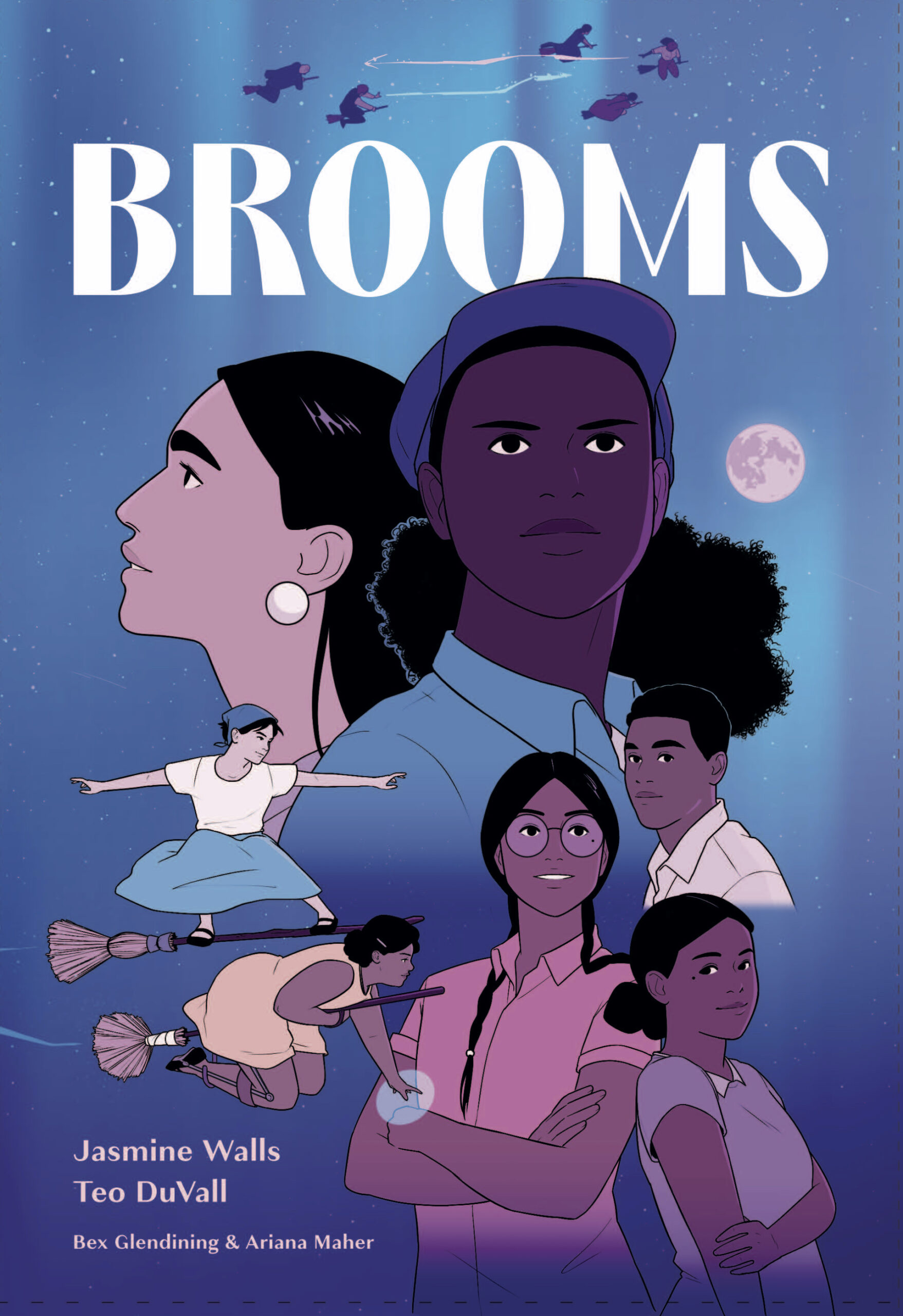
by Michele Kirichanskaya | Feb 23, 2024 | Blog
Jasmine Walls is a writer, artist, and editor with former lives in professional baking and teaching martial arts. She still bakes (though she’s pretty rusty at martial arts) and has a deep love for storytelling, creating worlds, and building tales about the...
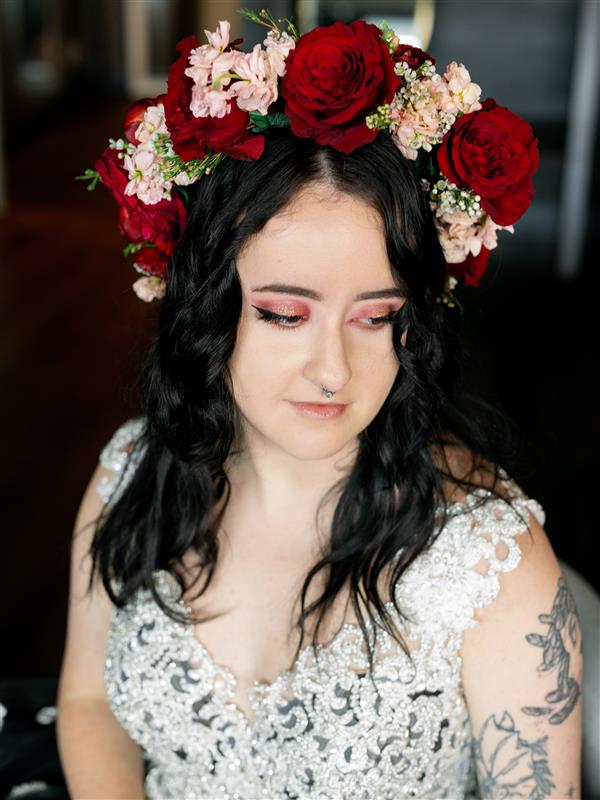
by Michele Kirichanskaya | Feb 16, 2024 | Blog
Deya Muniz was born and raised in Rio de Janeiro, Brazil, where they grew up watching Pride and Prejudice and reading copious amounts of shojo manga. In 2017, they moved to the United States to pursue a master’s degree in sequential art, where they met and fell...
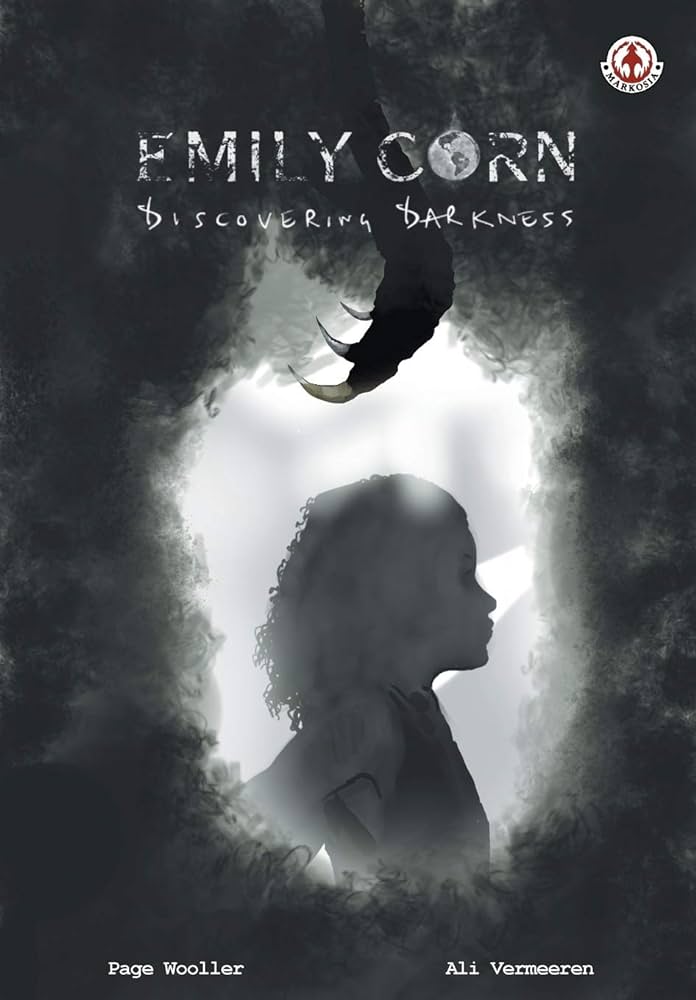
by Alexa Goodrich-Houska (she/they) | Jan 17, 2024 | Blog
Ever since Page Wooller announced they would be releasing the next book in the Emily Corn series at Providence QTZ Fest I have been excited to discuss with them how this journey started. In a world oversaturated with superhero sagas and dystopian dramas, Page Wooller...
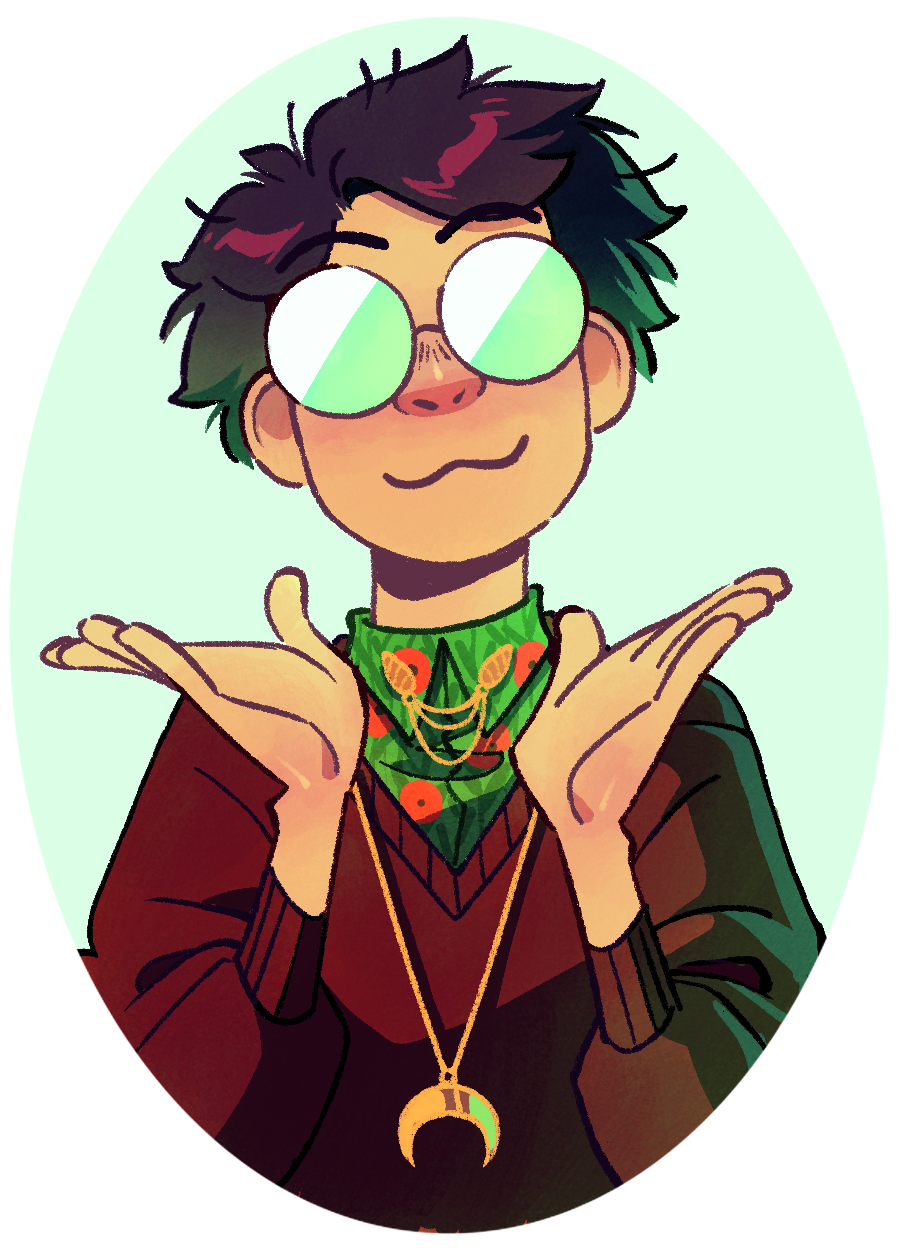
by Michele Kirichanskaya | Jan 5, 2024 | Blog
S. H. Cotugno is a queer and mixed-race Victorian horror nerd born and raised inLos Angeles, California. They are a director, writer, and storyboard artist in theanimation industry and have previously worked on projects such as Gravity Falls,The Owl House, and Star...
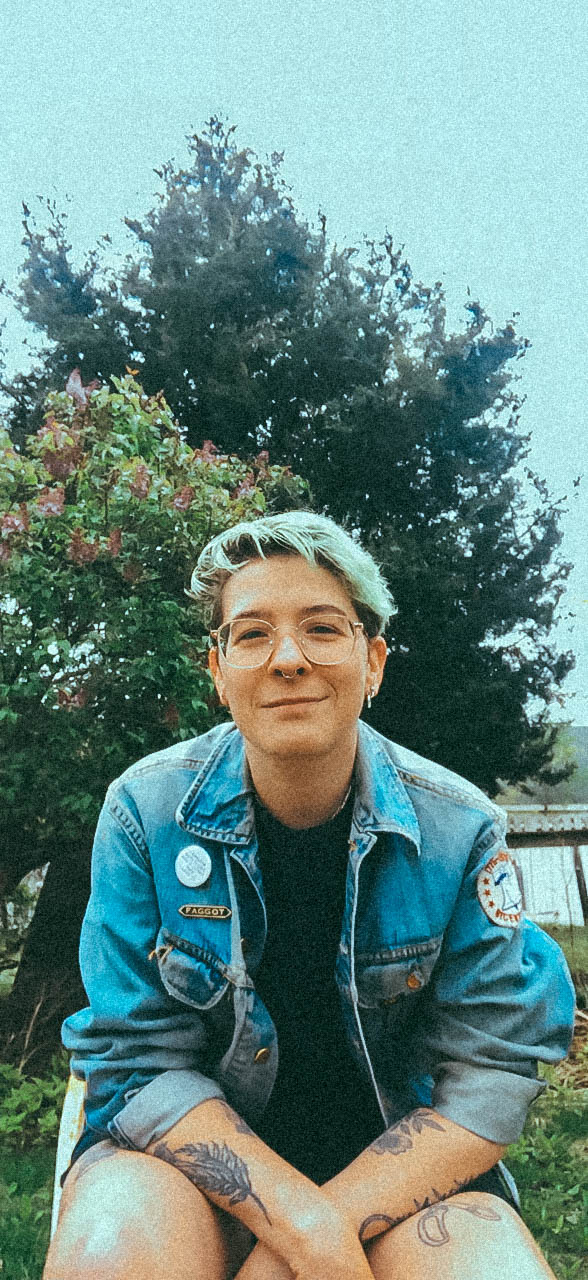
by Michele Kirichanskaya | Nov 9, 2023 | Blog
Archie Bongiovanni is a comics artist and illustrator who focuses on making work that’s gay and good. They’re the cocreator of the award-winning A Quick and Easy Guide To They/Them Pronouns and the creator of Grease Bats, a serialized comic about two queer BFFs...






